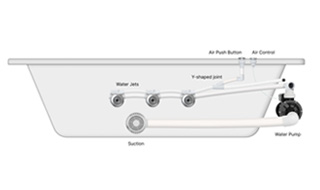Expert Guide to Bathtub Support Systems: Components, Issues, and Installation Tips
Essential Components of a Bathtub Support System




Bathtub Types and Compatible Support Systems
Materials Used in Bathtub Support Systems
| Material | Advantages | Disadvantages |
| Cast Iron | High load capacity, decorative appeal | Prone to rust, requires regular maintenance |
| Stainless Steel | Corrosion-resistant,strong weight-bearing | Higher cost |
Q&A for Bathtub Support Systems




























